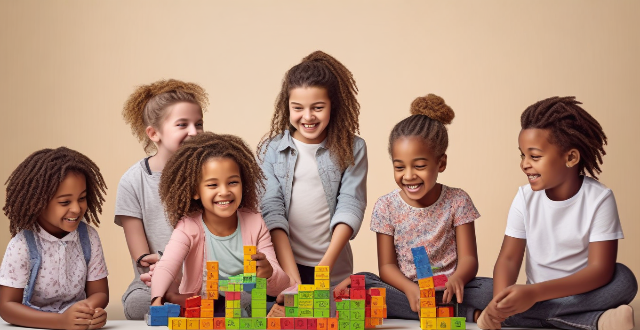Gender equality in education is a fundamental human right and key to economic growth, social development, and poverty reduction. However, several challenges hinder its achievement globally. One major challenge is the lack of access to education for girls due to poverty, cultural beliefs, and traditional roles assigned by society. Another challenge is gender bias in curriculum and teaching methods that lead to a lack of representation and role models for girls while perpetuating harmful stereotypes about gender roles. Sexual harassment and violence against girls in schools also hinder gender equality in education by creating an unsafe learning environment that can lead to low self-esteem, anxiety, depression, and dropping out of school altogether. Insufficient funding for girls' education prevents schools from providing proper facilities, materials, or trained teachers needed to support girls' learning. Addressing these challenges requires policy changes, increased funding, improved curriculum design, teacher training programs, and awareness campaigns targeting both parents and communities.

Current Global Challenges in Achieving Gender Equality in Education
Introduction
Gender equality in education is a fundamental human right and a key factor in promoting economic growth, social development, and poverty reduction. However, despite significant progress made over the years, there are still several challenges that hinder the achievement of gender equality in education globally.
Major Challenges
1. Lack of Access to Education for Girls
One of the biggest challenges in achieving gender equality in education is the lack of access to education for girls, especially in developing countries. Many girls are denied the opportunity to attend school due to factors such as poverty, cultural beliefs, and traditional roles assigned to them by society.
Key Points:
- Poverty: Many families cannot afford to send their daughters to school due to financial constraints.
- Cultural Beliefs: Some cultures believe that education is not necessary for girls, and they should instead focus on household chores and marriage.
- Traditional Roles: Society often assigns traditional roles to girls, such as caring for younger siblings or working to support the family financially.
2. Gender Bias in Curriculum and Teaching Methods
Another challenge is the presence of gender bias in curriculum and teaching methods. This can lead to a lack of representation and role models for girls, as well as perpetuating harmful stereotypes about gender roles.
Key Points:
- Curriculum: School curricula often do not include enough female historical figures, scientists, or leaders, leading to a lack of representation and role models for girls.
- Teaching Methods: Some teaching methods may favor boys over girls, such as group work or competitive activities that may disadvantage girls who tend to be more collaborative than competitive.
3. Sexual Harassment and Violence Against Girls in Schools
Sexual harassment and violence against girls in schools is another major challenge that hinders gender equality in education. This can lead to low self-esteem, anxiety, depression, and even dropping out of school altogether.
Key Points:
- Sexual Harassment: Girls may face sexual harassment from their peers or even teachers, creating an unsafe learning environment.
- Violence: In some cases, girls may experience physical violence at school, which can have long-lasting psychological effects and discourage them from continuing their education.
4. Insufficient Funding for Girls' Education
Insufficient funding for girls' education is another challenge that prevents gender equality in education. Without adequate resources, schools may not be able to provide proper facilities, materials, or trained teachers needed to support girls' learning.
Key Points:
- Facilities: Lack of separate toilets or changing rooms for girls can make it difficult for them to attend school during menstruation.
- Materials: Inadequate supplies of textbooks, uniforms, or other necessary materials can create barriers for girls' participation in education.
- Trained Teachers: Without trained teachers who understand the unique needs of girls, schools may not provide an appropriate learning environment for them.
Conclusion
Achieving gender equality in education requires addressing these challenges through various means such as policy changes, increased funding, improved curriculum design, teacher training programs, and awareness campaigns targeting both parents and communities. By working together towards these goals, we can ensure that every girl has equal opportunities to receive quality education and reach her full potential.